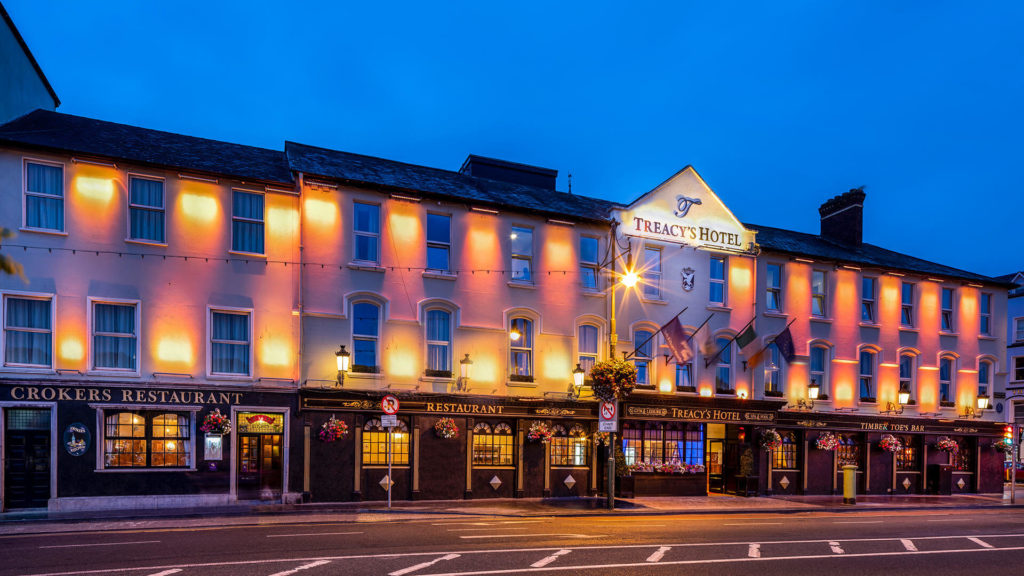Monkey nuts, trick or treating, pumpkins and witches-things that come to mind when you say ‘Halloween’. Nowadays, October 31st is a day for children. Scary costumes, collecting sweets and watching Hocus Pocus are childhood memories we all recall fondly but where did it all begin? Like Paddy’s Day, a pint of the ‘black stuff’ and Tayto, the world can thank Ireland for today’s modern Halloween holiday.

Ireland has long been associated with myths surrounding the supernatural. Our heritage & culture is filled with magical tales and superstitions, with Halloween as just one of them.
Few people know Halloween traditions are more than 2,000 years old and our ancient ancestors, the Celts, started it all. Straddling the line between summer and winter, Samhain was celebrated to mark the end of plentiful times and to prepare for the dark, cold winter approaching. Samhain was the Celtic New Year and much of the traditions revolved around the belief that the veil which separates the living and spirit worlds was at its thinnest. This gave way to today’s notions of ghosts & ghouls roaming freely. To prevent malicious entities from entering their home, Celtic people would leave food & drink outside to appease any passing spirits. The well-known American phrase ‘trick or treating’ began its life as a less sugary idea. To avoid detection, wearing ugly masks and dressing in disguise, a tradition known as ‘guising’, was commonplace. The Celts went door to door begging for food or drink in return for offering blessings to those departed. As time moved on, children replaced adults and sweets replaced staple foods.

One of the most talked about Halloween practices is of course the bonfire. This is the highlight of the night and with the addition of fireworks, can be quite a showstopper. But how exactly does a fire, however impressive, fit in to this ancient ritual? Not all Halloween traditions are related to death. Many of these obsolete rituals focused on the future instead of the past and the living instead of the dead. Divination and fortune telling were very popular, especially among young girls. Celtic priests, the Druids, along with the rest of the community gathered around a large, sacred fire to ask the gods to send them blessings and keep them safe during the winter months. To ensure their survival, the Druids threw cattle bones into the flames, something they believed pleased the deities. Over time, this ‘bone-fire’ transformed to become our much loved Bonfire.
Halloween games are a must for many families but even these seemingly harmless games have a more serious past. A favourite, bobbing for apples, was a way for young girls to discover their future and more importantly, when they would marry. An Irish treat, barmbrack, was shown special interest during Samhain. A gold ring, hidden in the mix, would determine the next maiden down the aisle.
The ancient Celts and their sacred rituals saw major developments at the beginning of the eight century thanks to the spread of Christianity and the Christian Memorial Day ‘All Souls Day’. Old and new traditions merged, Samhain changed to All Hallows Eve which subsequently became the modern day Halloween.
Halloween has seen many changes throughout the years, least of all its name. Whether you know it as Halloween, Samhain, All Hallows Eve or All Souls Day, its origins are rooted in Ireland’s mystical past. This Halloween, spare a thought for our ancestors and traditions past and be sure to wish your loved ones a prosperous and happy (Celtic) New Year!
Happy Halloween from all at Treacys Hotel!!

Leave a Reply